Tempeh: A Soy-Based Superfood Bridging Cultures and Health
Apr 12,2018
Tempeh: A Soy-Based Superfood Bridging Cultures and Health
Apr 12,2018


Tempeh, an Indonesian food made from fermented soybeans, is gaining attention among vegetarians and health-conscious consumers as a meat substitute thanks to its satisfying meaty texture. Here in Japan, it’s become available at natural food stores in recent years, though it has yet to go mainstream.
In this article, dietitian and food coordinator Wada Wakako tells us all about tempeh. She also shares two tempeh recipes you can make as part of your everyday meals. Wakako, a Japan Fermentation Culture Association-certified instructor, runs Les Anges Blancs cooking school, which specializes in natural yeast bread and fermented vegetable dishes.
Tempeh is a traditional Indonesian fermented food made by fermenting soybeans with tempeh starter. Tempeh starter consists of a type of Rhizopus fungus that grows on banana and hibiscus leaves. Soybeans are boiled and wrapped in banana leaves, then fermented through the action of the fungus on the leaves, and what you get is tempeh.
“For religious reasons, many people in Indonesia don’t eat meat. Instead, they often eat tempeh. Restaurants sometimes serve it as is as a garnish for salad or a side with the main dish.”

Fermentation professional Wada Wakako
In Japan, fermented soybeans are synonymous with natto. Tempeh resembles natto, but it has a less pungent smell and flavor, making it easy to incorporate into your cooking.
When you look at tempeh, you’ll notice white filaments around the beans, but it’s not sticky like natto. While tasting of soybeans, it has a concentrated umami flavor reminiscent of smoked meats such as ham or bacon.
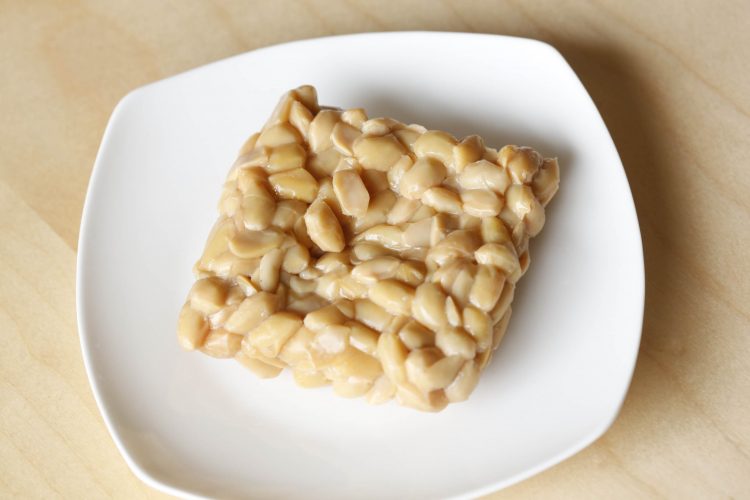
In Japan, tempeh is often sold vacuum-packed.
Note also that soybeans are high in nutritional value. They contain large amounts of protein, vitamins, and fiber. So not only are they nutritious, but they’re also filling.
“The polyphenols and isoflavones contained in soybeans offer antiaging benefits by functioning as antioxidants. That’s great news if you’re a woman, right? Another advantage is this. The soybeans are broken down by the power of enzymes during fermentation, making them easier for the body to absorb.”
Tempeh is easy to use in any type of cooking. But many readers are probably wondering how exactly to use it. We therefore asked Wakako to share one of her custom tempeh recipes.
This is a Western-style dish made with olive oil, red wine, and spring vegetables like bamboo shoots. Yet it also contains miso for extra umami. It’s so filling that it’s hard to believe there’s no meat in it.
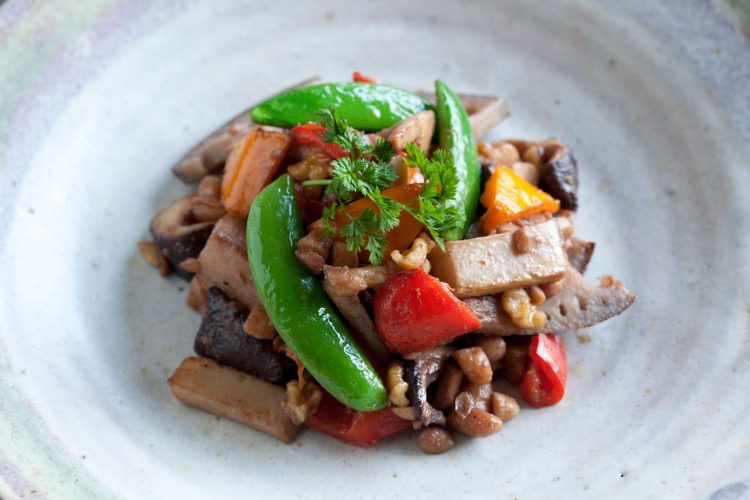
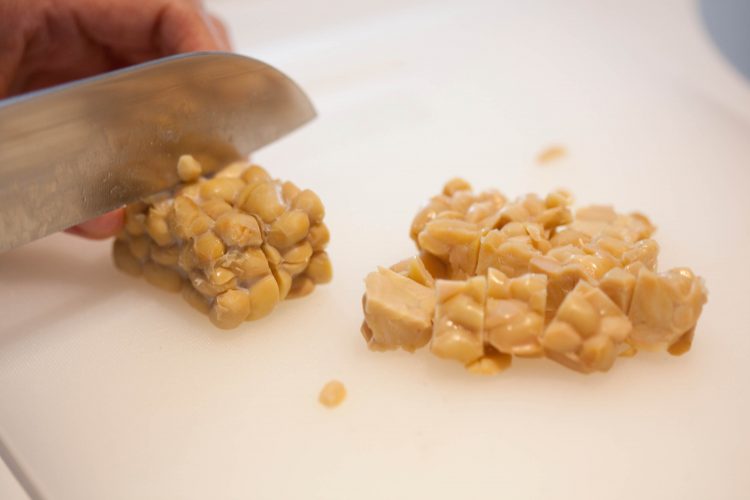
Dice the tempeh into cubes.
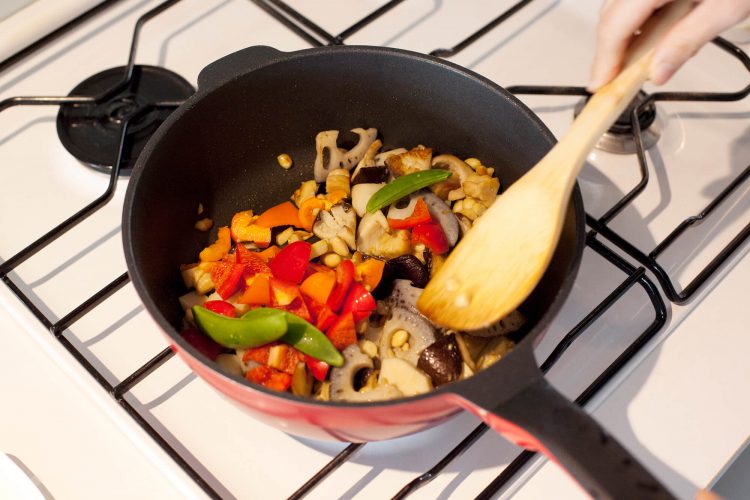
[Tips for cooking with tempeh]
・Tempeh combines better with other ingredients if cut into small cubes.
・The bean smell can be masked by stir-frying the tempeh with aromatic vegetables like garlic or ginger.
・Mixing in crushed walnuts imparts a texture similar to minced meat.
・Adding oil gives the dish a nice sheen and makes it more filling.
Wakako has taught tempeh recipes like this at her cooking school, and they were a big hit with her students.

“What you most want to avoid is making the flavor too bland. Tempeh tastes plain, so it doesn’t have much of a flavor unless you accentuate it with miso or chili bean sauce. Many women are just fine with a mild flavor, but other family members may find it unsatisfying. Ideally, rather than eating tempeh because it’s healthy, people will make it part of their meals because it tastes good — and then it turns out to be good for them.”
Tempeh is relatively easy to get hold of. It’s available at organic food stores as well as online. Japanese-made tempeh is less of an acquired taste than the authentic Indonesian kind, so it’s easier for us Japanese to work with. Why not make tempeh part of your daily meals?
“Japanese-style dishes made with tempeh also taste excellent!” says Wakako. Here’s the recipe for one of her favorites.
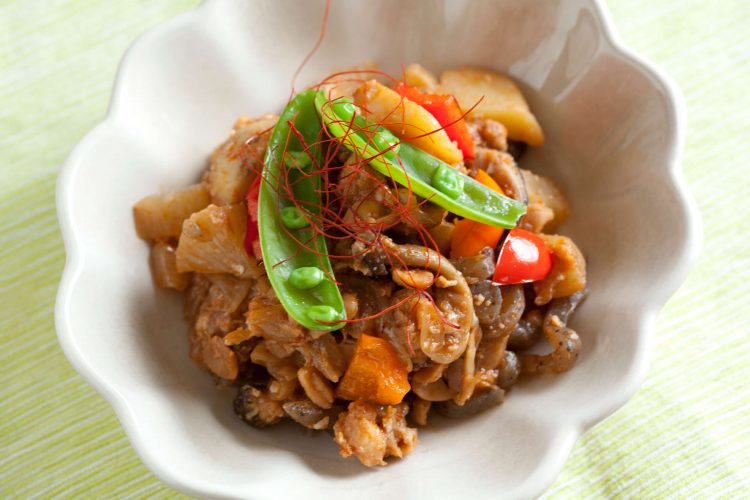

Fermentation professional Wada Wakako works as a full-time instructor with the Japan Fermentation Culture Association. She also runs Les Anges Blancs, which gives classes in making natural yeast bread and pastries and fermented vegetable dishes (holistic food therapy). She shares the secret to preparing meals that energize body and soul for women constantly on the go — and spreads the joy of creating with you own hands.